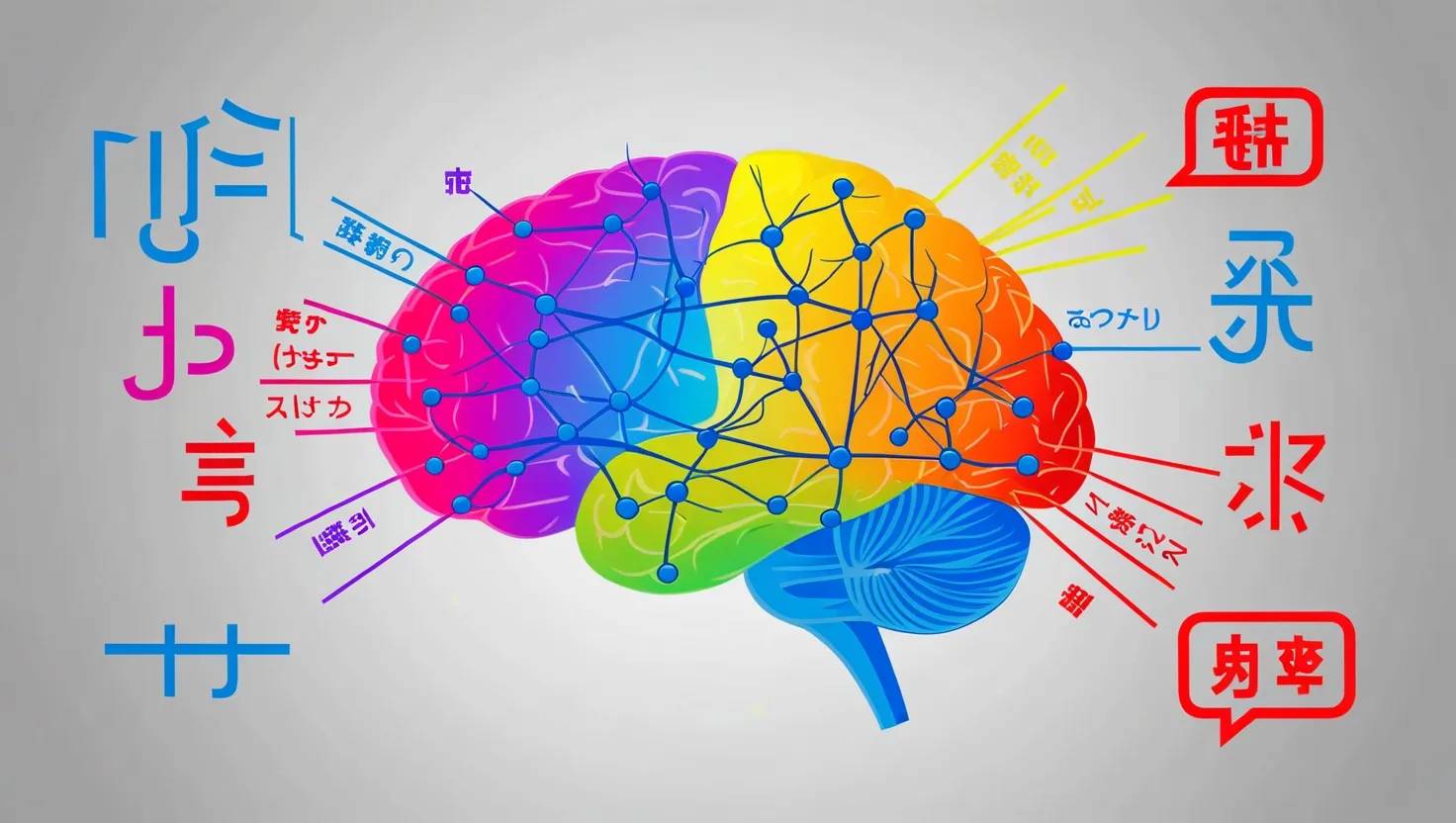Learning a new language as an adult is a daunting task, but it also offers a unique window into the brain’s remarkable ability to adapt and change. This process, known as neuroplasticity, is at the heart of language acquisition and challenges the traditional notion that there is a “critical period” for language development.
When adults embark on the journey of learning a new language, their brains undergo significant transformations. Neuroplasticity enables the brain to reorganize its neural pathways, form new connections, and even reassign functions to different areas. This adaptability is crucial for absorbing the complexities of a new language, including its sounds, grammar rules, and vocabulary.
One of the key aspects of neuroplasticity in language learning is the concept of synaptic plasticity. This refers to the ability of synapses, the connections between brain cells, to adapt and change in strength. As adults practice a new language, synaptic connections are modified, allowing for the encoding and retrieval of language-related information. For instance, when you engage in activities like conversing with native speakers, listening to podcasts, or using interactive language apps, you stimulate synaptic plasticity, which strengthens the relevant neural connections and facilitates the integration of vocabulary, grammar, and pronunciation.
Research has shown that the brain’s response to language learning varies significantly between intermediate and advanced learners. For example, studies using functional magnetic resonance imaging (fMRI) have revealed that advanced language learners exhibit higher functional coupling between language comprehension and language control regions, particularly during reading comprehension. This indicates that as adults increase their proficiency in a second language, the brain modulates the functional similarity between the first and second languages and enhances the connectivity between different brain areas involved in language processing[1][2].
The age at which one begins learning a new language also plays a critical role in neuroplasticity. While younger learners often exhibit higher levels of neuroplasticity due to the developing nature of their brains, adults are not at a disadvantage. Adults can leverage their existing cognitive skills and life experiences to grasp complex language concepts more effectively. For instance, high working memory capacity, motivation to learn, and meta-linguistic awareness can significantly enhance language learning outcomes. These factors can compensate for the natural decline in neuroplasticity that occurs with age, allowing adults to achieve substantial progress in language learning[2][3].
Immersive learning experiences are particularly beneficial for adult language learners. Techniques such as spaced repetition, active engagement with the language, and exposure to diverse linguistic environments can stimulate neuroplasticity. For example, learning a language through watching foreign-language movies or TV shows, as opposed to just reading textbooks, can provide a more holistic and engaging experience that promotes deeper neural changes. This approach not only enhances language skills but also fosters a more natural and spontaneous use of the language[4].
The impact of language learning on brain structure is another fascinating area of research. Studies have shown that learning a new language can induce anatomical changes in the brain, even in adulthood. For instance, a study on adults learning Chinese as a second language found that these learners had greater gray matter volume in certain brain regions, such as the lingual gyrus and the left inferior frontal gyrus, compared to non-learners. These changes were correlated with the duration of language learning, suggesting that the brain’s structure can be modified through language acquisition[5].
Understanding these brain changes has significant implications for adult education and cross-cultural communication. It underscores the importance of adopting a growth mindset in language learning, where abilities are seen as developable through dedication and effort. This mindset encourages learners to view challenges as opportunities for growth and improvement, rather than as insurmountable barriers. By actively seeking out diverse language learning activities and embracing mistakes as learning opportunities, adults can cultivate resilience and motivation throughout their language learning journey[3].
Moreover, the insights from neuroplasticity research can be applied to treating language disorders. For example, understanding how the brain adapts to new languages can inform therapies for individuals with language impairments. By leveraging the brain’s ability to rewire itself, therapists can develop more effective treatment plans that focus on stimulating the right neural pathways.
In an increasingly globalized world, the ability to communicate across linguistic and cultural boundaries is more valuable than ever. Neuroplasticity not only makes this possible but also highlights the brain’s extraordinary capacity for adaptation and learning. Whether you are a young learner or an adult embarking on a new language journey, the knowledge that your brain can continually reshape itself in response to new experiences is both empowering and inspiring.
As we continue to explore the intricacies of neuroplasticity in language learning, we are reminded that the human brain is a dynamic and highly adaptable organ. Its ability to form new neural connections and reorganize existing ones is a testament to its remarkable plasticity. This understanding can revolutionize how we approach language education, making it more accessible, engaging, and effective for learners of all ages.
In conclusion, the intersection of neuroplasticity and language learning offers a compelling narrative of human potential and adaptability. By harnessing the brain’s ability to change and adapt, we can unlock new avenues for communication, education, and cultural exchange. Whether you are learning a new language for personal enrichment, professional advancement, or simply to connect with others across the globe, the journey is not just about acquiring a new skill but about transforming your brain and expanding your cognitive horizons.






